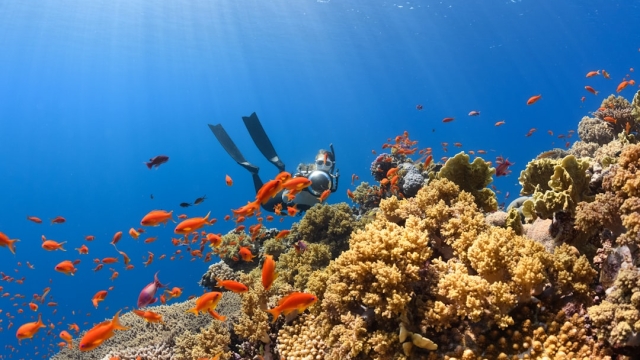The Importance of Underwater Infrastructure Assessment
Did you know that approximately 80% of the world’s population lives within 60 miles of a coastline? This statistic underscores the importance of maintaining and assessing the underwater infrastructure that supports our coastal communities, industries, and ecosystems. From bridges to pipelines, the underwater structures we rely on face numerous challenges, such as corrosion, shifting sediment, and biological growth. A thorough underwater infrastructure assessment is essential for ensuring the integrity and safety of these critical assets.
The Importance of Underwater Infrastructure Assessment
Underwater infrastructure plays a vital role in modern transportation, energy, and communication systems. Regular assessments help identify potential issues before they become catastrophic failures, thereby saving time and resources. The following points highlight why these assessments are crucial:
- Safety: Regular checks can prevent accidents that endanger lives.
- Cost-Effectiveness: Addressing minor issues early can save significant repair costs later.
- Environmental Protection: Assessments help prevent leaks and spills that could harm marine ecosystems.
- Regulatory Compliance: Many jurisdictions require regular inspections to comply with safety regulations.
Methods of Assessment
Various techniques are employed to conduct underwater infrastructure assessments, each with its advantages and limitations. Understanding these methods is essential for selecting the right approach for specific projects.
1. Visual Inspection
Visual inspections are often the first step in assessing underwater structures. Divers equipped with cameras can examine the condition of the infrastructure and document any visible damage. While effective for preliminary assessments, this method is limited by visibility and diver experience.
2. Remote Operated Vehicles (ROVs)
ROVs have revolutionized underwater inspections by allowing for detailed assessments without putting divers at risk. These unmanned vehicles can be equipped with high-definition cameras and sonar systems to gather data about structural integrity. They are particularly useful for hard-to-reach areas or hazardous environments.
3. Sonar Technology
Sonar technology, including side-scan sonar and multi-beam sonar, provides detailed maps of underwater structures. This method can detect changes in structure and sediment build-up, making it invaluable for monitoring over time. Sonar is often combined with ROVs for a comprehensive assessment.
4. Non-Destructive Testing (NDT)
Non-destructive testing techniques, such as ultrasonic testing and magnetic particle inspection, allow for the evaluation of material integrity without causing damage. These methods can detect flaws such as cracks or corrosion that may not be visible to the naked eye.
Challenges in Underwater Assessments
While underwater assessments are critical, they are not without challenges. Some of the most common issues include:
- Environmental Factors: Strong currents, poor visibility, and extreme temperatures can hinder inspections.
- Cost and Resources: High-quality assessment technologies can be expensive and require specialized personnel.
- Access: Some underwater structures may be difficult to reach, complicating the assessment process.
Future Trends in Underwater Infrastructure Assessment
The future of underwater infrastructure assessment is promising, with advancements in technology paving the way for more efficient and thorough evaluations. Innovations such as:
- Artificial Intelligence: AI can analyze data collected from inspections to predict potential failures.
- Advanced Robotics: Robotic systems are being developed for more complex tasks, including repairs.
- Data Integration: Integrating data from various sources can provide a comprehensive view of infrastructure health.
With the right technologies and methodologies in place, underwater infrastructure assessments can significantly contribute to the safety and longevity of critical underwater assets. Investing in regular assessments not only protects our infrastructure but also safeguards the communities and ecosystems that depend on these vital structures.

